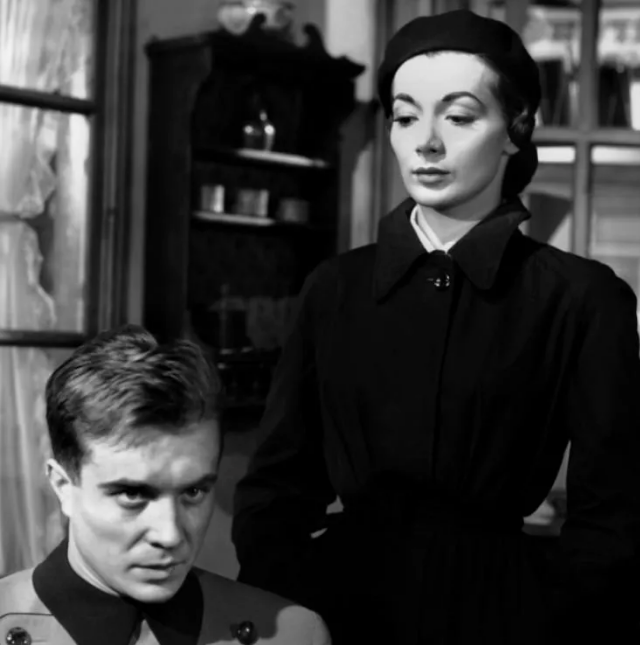

It’s noir vs. myth in Jean-Pierre Melville’s When You Read This Letter (Quand tu liras cette lettre).
When You Read This Letter, released in 1953, the classic era of film noir, checks off most of the items you expect: Several serious crimes are committed, including murder, there is a person of evil intent at the center of these crimes (in this case a homme fatal instead of a femme fatale), and low-key lighting is used in crucial scenes. What makes this film so unusual is that director Jean-Pierre Melville takes these noir elements and infuses them into a story that gives the characters an almost mythic, archetypal sensibility.
Noir and myth have many opposing attributes—noir offers nihilism, myth is about finding or inventing significance—but both sensibilities have one thing in common, and that is a belief in fate, and these characters are battling “fate” from the very first scene.
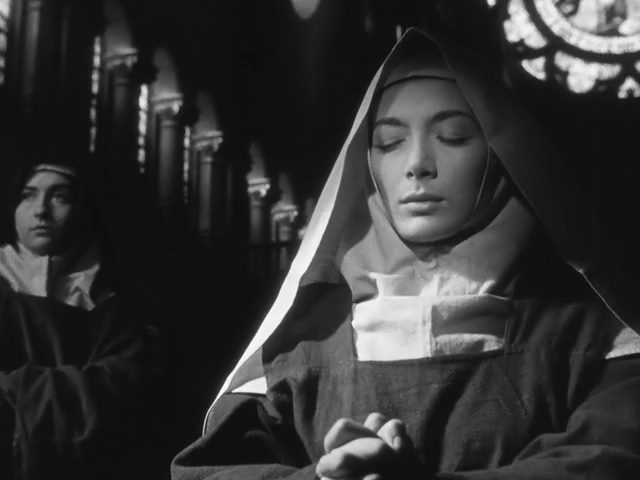
The story begins in a convent where a devout novice, Thérèse (Juliette Gréco) is about to take her vows when she learns of the death of her parents in a car accident. She returns home to Southern France to look after her younger sister Denise (Rène Galter) and help run the family stationery shop. While these two women are trying to get their shop and family affairs in order, Denise meets handsome and charismatic Max (Philippe Lemaire), a part-time mechanic, part-time boxer, and full-time Lothario, who quickly lines up Denise as a potential conquest.
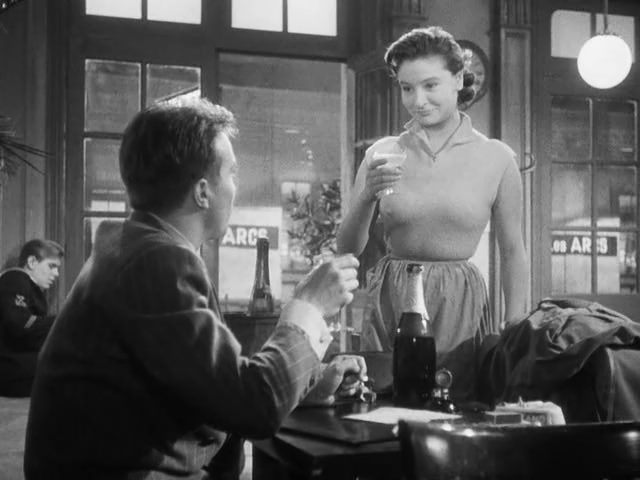
Max is a man of many affairs, one of which involves Irène Faugeret, a wealthy married woman. in residence at the Hôtel Carlton, where Max spends much of his time. When Denise arrives at Faugeret’s room to deliver stationery gifts, she finds only Max present, who uses the chance meeting as an opportunity to sexually assault her.

Devastated, Denise tries to drown herself, but is saved and brought back to her sister’s care. Thérèse, operating with little worldly knowledge but with her own set of rigid moral principles (rigid one might add, even for a novice nun), decides that the best course of action is to blackmail Max into marrying his sister by threatening to reveal to police what has occurred.
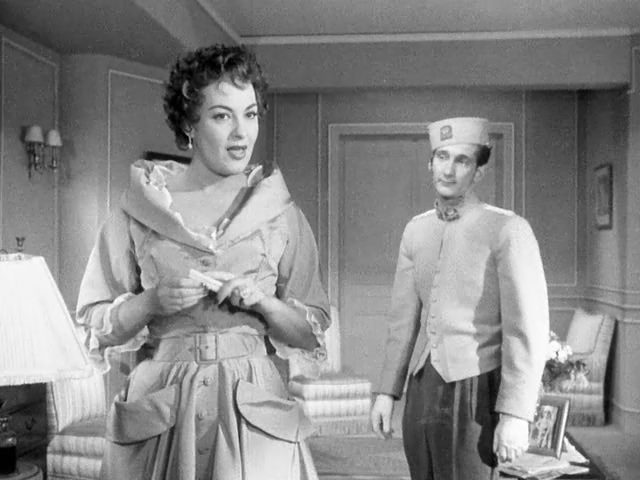
Meanwhile, Max is already a “person of interest” to the police, since he had previously loosened screws in a steering column leading to the death of its driver. Max had made the car unsafe with the purpose of eliminating the man he thought would be the driver that night, a hotel bellhop named Biquet, someone who knew of Max’s schemes and would inevitably either want a piece of the action, or would be a hindrance to his future machinations. Instead, Madame Faugeret (on a whim) decides to drive her own car and unwittingly becomes the unintended victim. Max had hoped to steal her money and flee the country to start a new life, but having accidently killed his future “mark,” in desperation, Max agrees to marry Denise, if for anything, to put the police off his scent.
So with the marriage arranged between Denise and Max, Thérèse’s plan to blackmail Max into marriage with her sister appears to be going to work—except her forceful defense of her sister has now put herself in Max’s direct line-of-sight. Max, now dealing with someone as smart, inherently sexy, and as strong-willed as he is, switches his romantic interest to Thérèse, complicating the domestic situation to an extreme level.
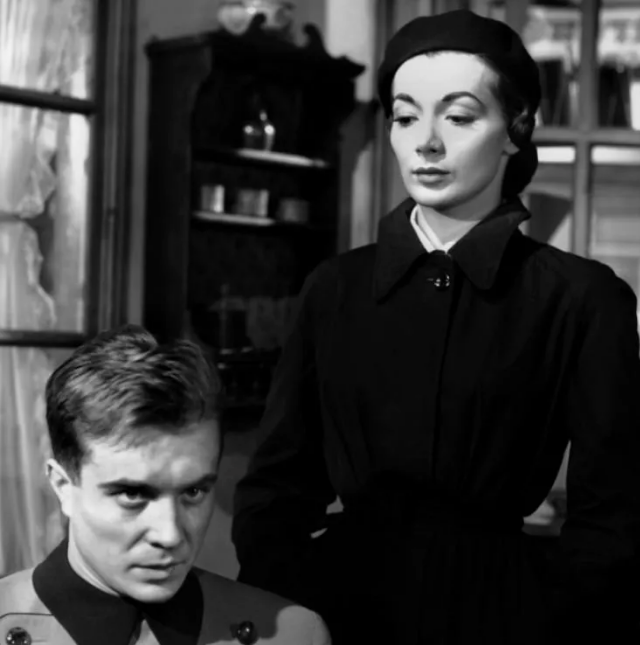
Thérèse holds off Max’s advances, each time less successfully, and as fate keeps drawing the two together, one begins to wonder: Is Max truly in love in Thérèse, the one woman who would be his equal in strength and steely purpose, or are his actions just one more self-centered ploy to get out of trouble? And is Thérèse just dealing in her own eccentric way with a thief and a crook, or is Max the wild, passionate lover that she has always secretly desired and has gone to a convent to avoid meeting? And most importantly of all, do either of these two people ultimately know what is in their own hearts?
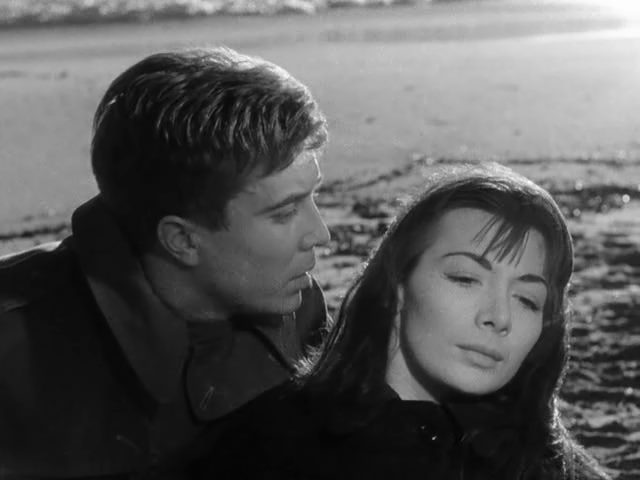
Max and Thérèse are star-crossed lovers in every way possible—Max is despicable, but he has an “honest” despicability in the sense he is just being authentic in who he is. To criticize Max would be like criticizing Ares, the God of War, for being too warlike. The character of Thérèse also approaches mythic proportions (perhaps she is Minerva—beautiful but unapproachable), so of course, she represents the ultimate conquest for Max. These two characters represent the classic unstoppable force vs. the immovable object scenario and the combination makes for a romance “amped up” to mythic proportions, with its noir sensibility also present to give an overall brooding sense of dread and doom.
Watching this film, it’s impossible to escape the notion that Jean Cocteau’s Orphée (released in 1950, three years before this film), deeply influenced Jean-Pierre Melville’s conception of the characters of When You Read This Letter. In particular, the character of Max has similarities to Heurtebise (the chauffeur of “Death” in Orphée), and it made me think of what Heurtebise must have been like before he died and found himself in limbo, forced to contemplate what a jerk he had been in his previous existence.
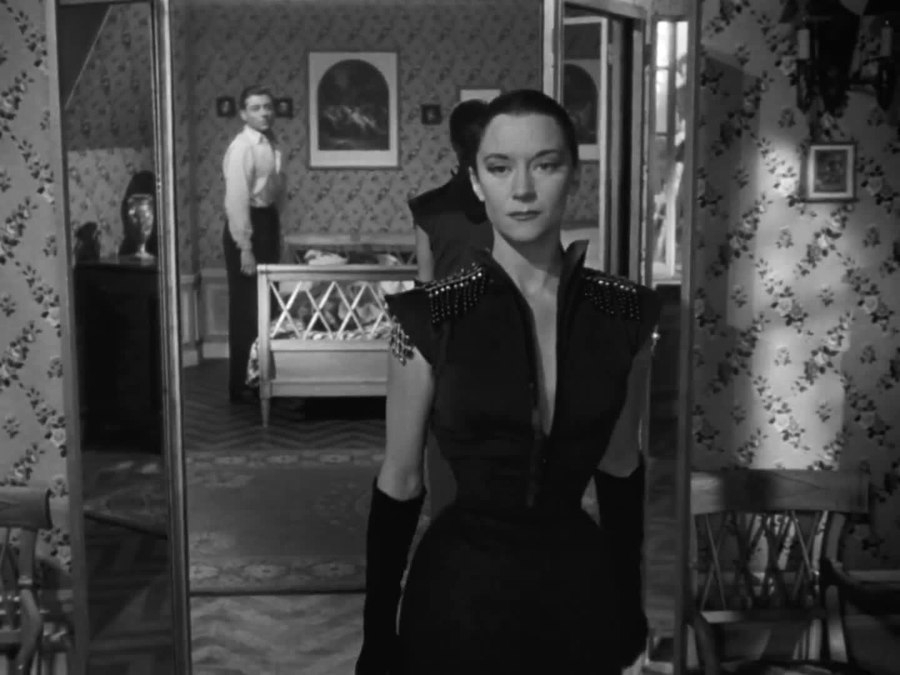
A scene from Jean Cocteau’s Orphée, with François Périer as Heurtebise. María Casares as The Princess
Melville (along with Franju) are considered the “Godfathers” of the New Wave and this film anticipates many of the New Wave elements, in particular the fetishizing of pop culture—this film marks the transition of traditional fetishes from traditional sources (e.g. the Catholic Church) to contemporary commodities, in particular, the automobile. Melville has fascinating camera setups that foreground particularly aesthetically pleasing car bumpers and fenders, making them gigantic compared to the rest of the images in the shot. This, in effect, monumentalizes them into new fetishes—icons as powerful and more relevant than icons found in church. Melville also uses a silent film technique of cross-cutting different narratives that have a common theme rather than cutting on action or a visual connection—this old-fashioned approach pulls the film together thematically in a manner lost or forgotten by most contemporary filmmakers.
Without giving away the ending, I will add that the two actors who were the leads (Juliette Gréco and Philippe Lemaire) were both married after finishing this film, so the libido obvious between the two in this film has a resolution, at least in a world outside the boundaries of this story.
A final note: This film has strong thematic ties to a 1941 Hitchcock film, Suspicion, another film dealing with a handsome scamp who has a romantic interest in a wealthy woman. For anyone who loves Suspicion, When You Read This Letter is of extra-special interest.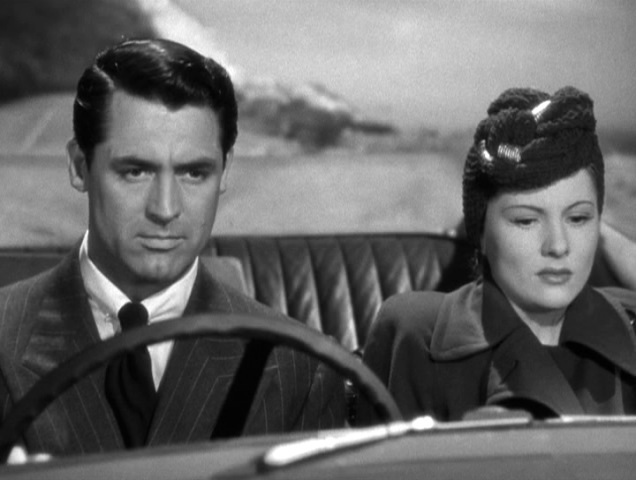
I invite you to compare Suspicion to this film and see how two different filmmakers take the same basic premise and give it radically different spins.
The Judges Decision: Judge Noir says this film is definitely noir. But what kind? “Myth Noir” sounds so prosaic. He prefers the term: “New Wave Noir.”


